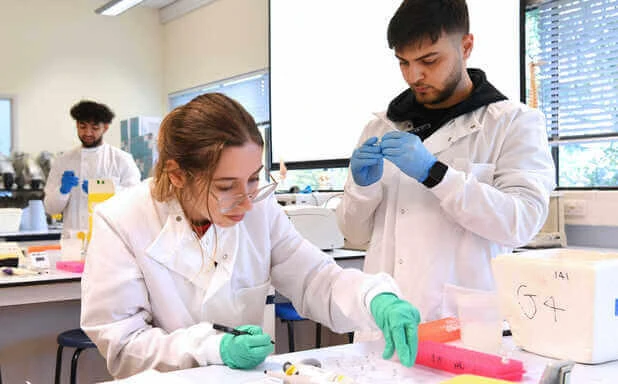Study finds eight genetic variations in TB bacteria linked to different world regions — breakthrough could improve vaccines and treatments.
Bioscientists have discovered eight genetic clues in TB bacteria that show how the disease evolved alongside humans. It could lead to new vaccines and treatments adapted for different geographic regions.
The study, in Communications Biology, reveals that a protein called PPE50 appears in eight distinct versions across global TB strains — with each variant tied to a different part of the world.
“This is the first time a TB protein has been shown to evolve in parallel with its human host populations in fine detail,” said Dr Anthony Tsolaki at Brunel University of London. “Our approach can be used to overcome the problem of existing vaccines underperforming in some regions — and help us design new ones that don’t.”
“It gives us a blueprint for how TB has adapted to different populations over time. This could reshape how we develop vaccines and treatments — not just one-size-fits-all but tailored to where people live.”
The team from Brunel and London School of Hygiene and Tropical Medicine analysed 387 well-characterised TB strains from around the world, modelling their PPE50 variants and predicting how each one might behave. The team identified an ancestral version of the protein — called PPE50-381 — found in both ancient and modern lineages of the TB strains. This makes it a rare molecular ‘bridge’ between early and globally dominant strains.
The paper coins a new term — “phylogeographic-associated protein” (PAP) — which means there is a genetic pattern that mirrors where the disease spreads — and gives insights into how TB adapts to different host populations. It suggests the bacterium has changed in step with the people it infects — in different places, over thousands of years.
People often talk about TB ‘strains’, notes Dr Tsolaki. But what really matters is lineage — the bigger genetic branches that show how the bacteria evolved and spread. When the team looked at this family tree, one protein stood out. PPE50-381 shows up in both ancient and modern lineages, which makes it unique. It’s like a molecular time traveller — a version of the protein that’s survived through thousands of years of evolution. “As far as we know, it’s the first time anyone’s tracked a TB protein like this across the full sweep of the disease’s history.”
Tuberculosis (TB) is still one of the world’s deadliest infectious diseases, with an estimated 10 million cases and 1.3 million deaths a year. There remains an urgent need for effective vaccines and improved treatments to one day eradicate this ancient disease.
Reported by:
Press Office, Media Relations
press-office@brunel.ac.uk
